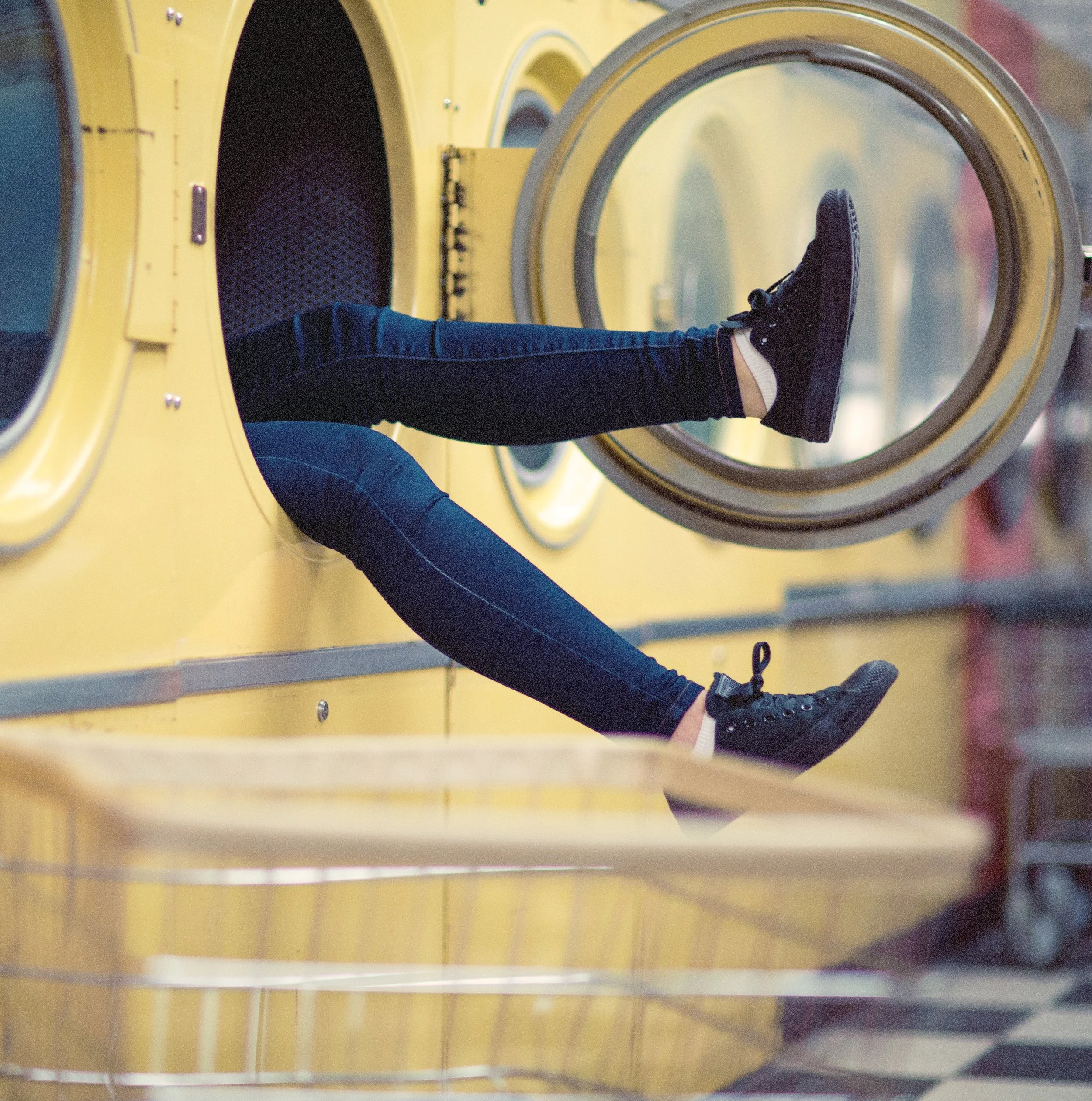Summer Sun
Summer’s arrived and we’re so ready to soak up those rays. Staying home and staying safe in the sun is how we’ll be spending our days
Easy on the Eye
It's National Eye Health Week and the perfect time for an eye MOT, here’s how to keep eye healthy
The history of sunglasses
Take a trip down memory lane and check out the history of sunglasses as we celebrate International Sunglasses Day
Spring (sunglasses) have Sprung
It’s official, throw open the windows and let Spring in. Taking care of your skin and yourself this Spring…
Coming Clean
Eyewear can last a lifetime if looked after, so treat these babies well. Here's our how-to guide just in time for Spring...
Eyes wide shut - healthy eyes
It's National Eye Health Week and Self-Care September peeps and we need to open our eyes and read the writing on the wall...
Summertime Shine
Summer's here and we're all livin' easy; whether exploring our beautiful Isles or jetting off to far flung shores. But it's not all palm trees and pineapples - we're talking sun protection...
Go big or go home
We can thank the fabulous Jackie O for putting oversized sunglasses on the fashion map and we simply can't get enough of supersized sunnies...








